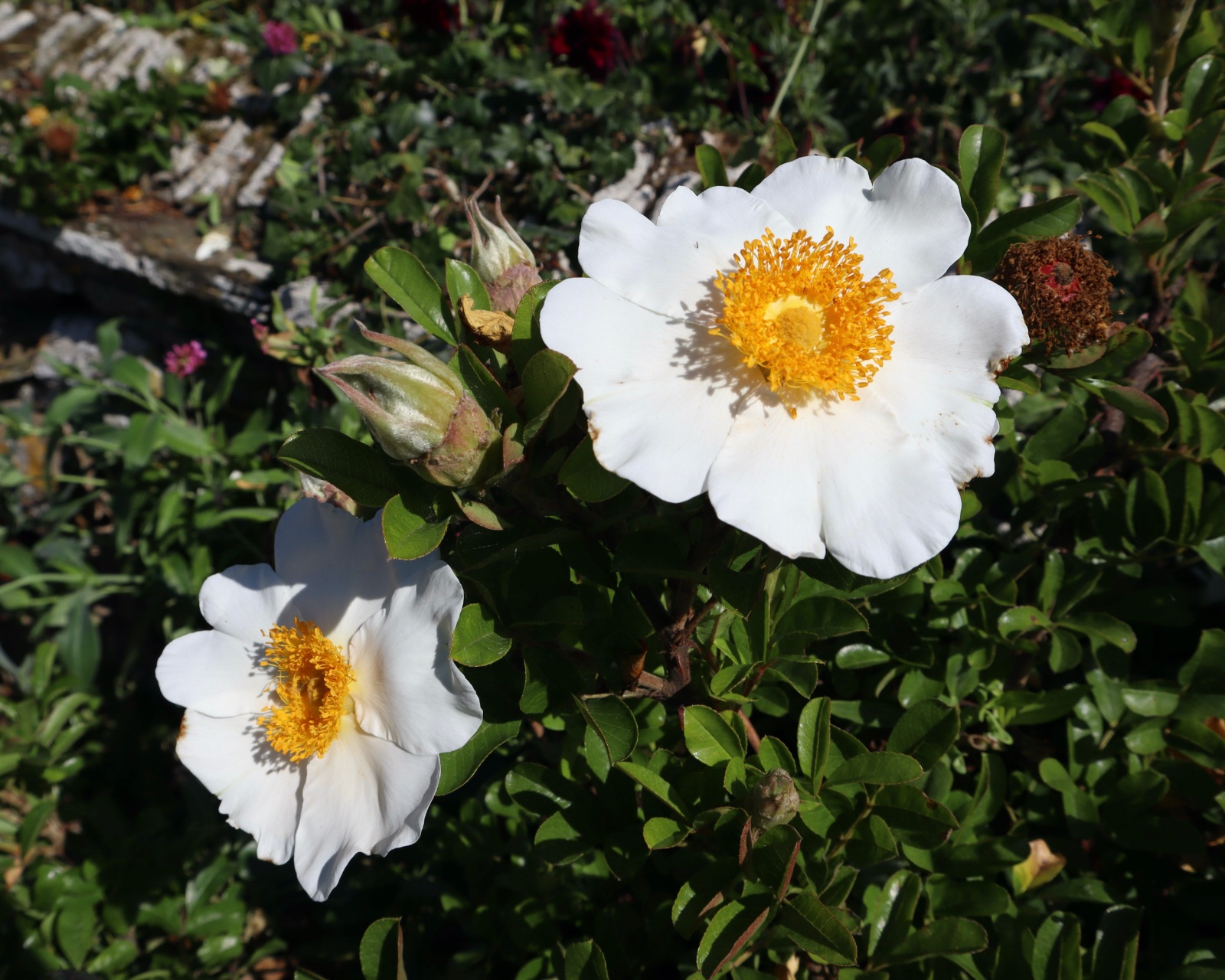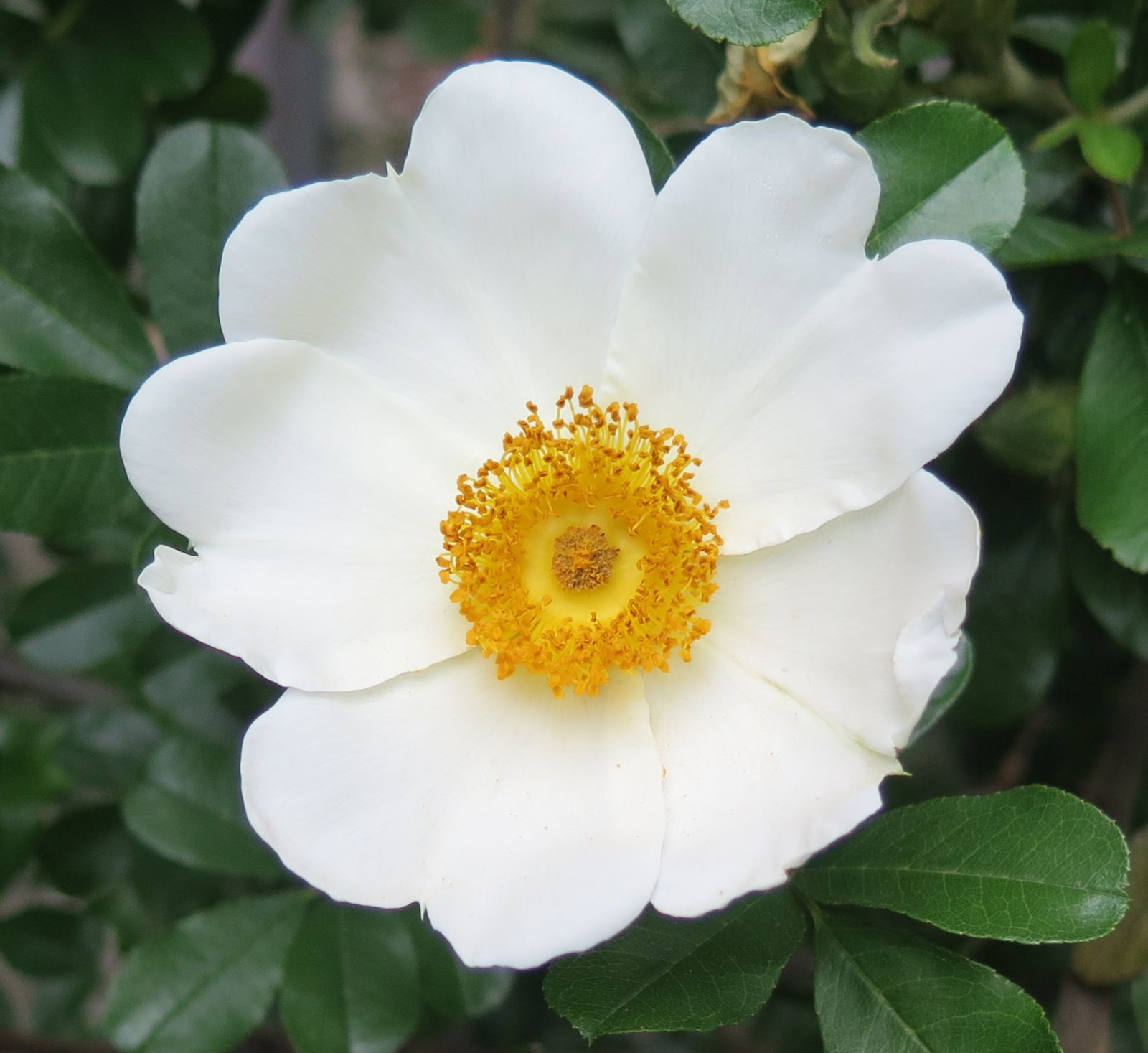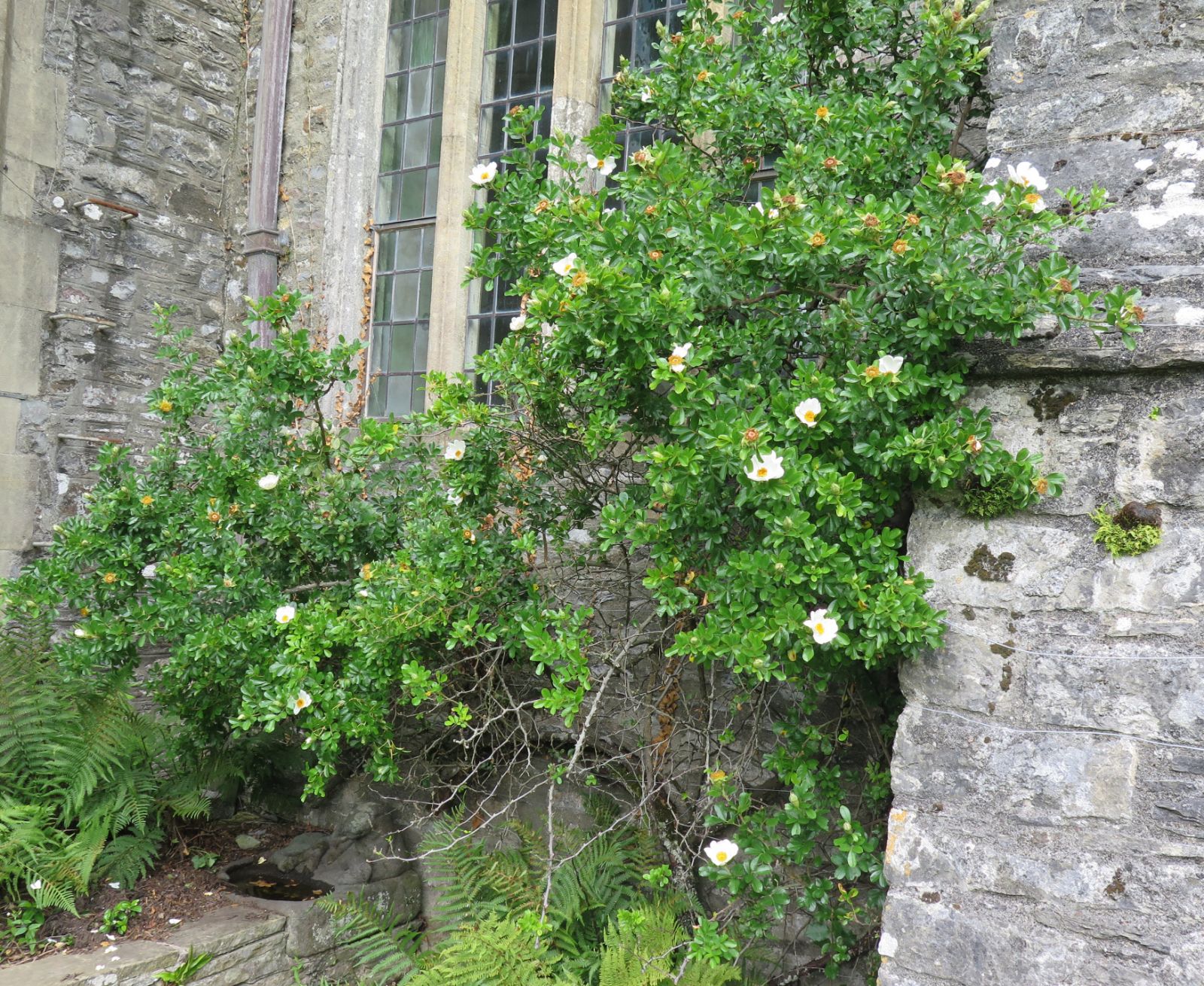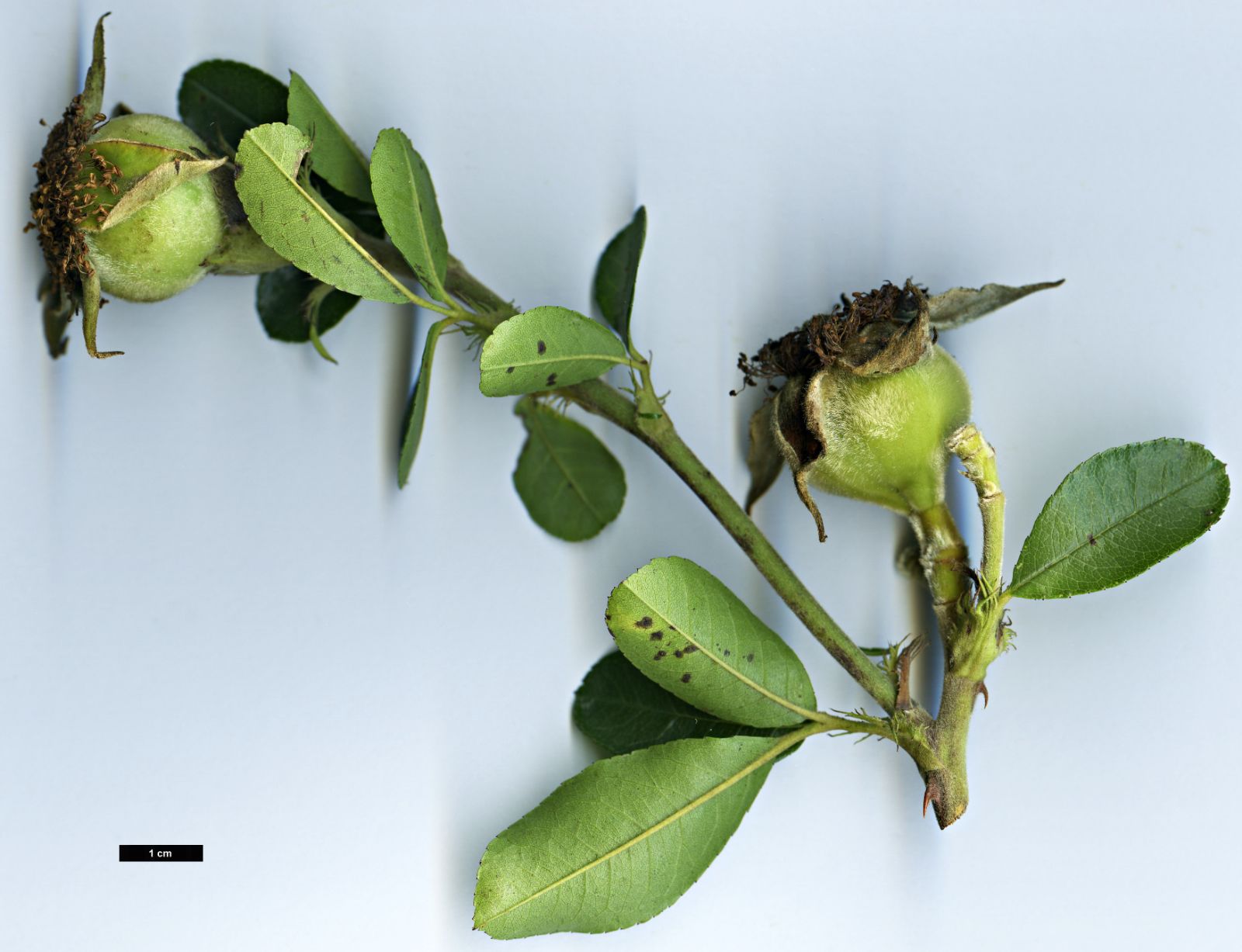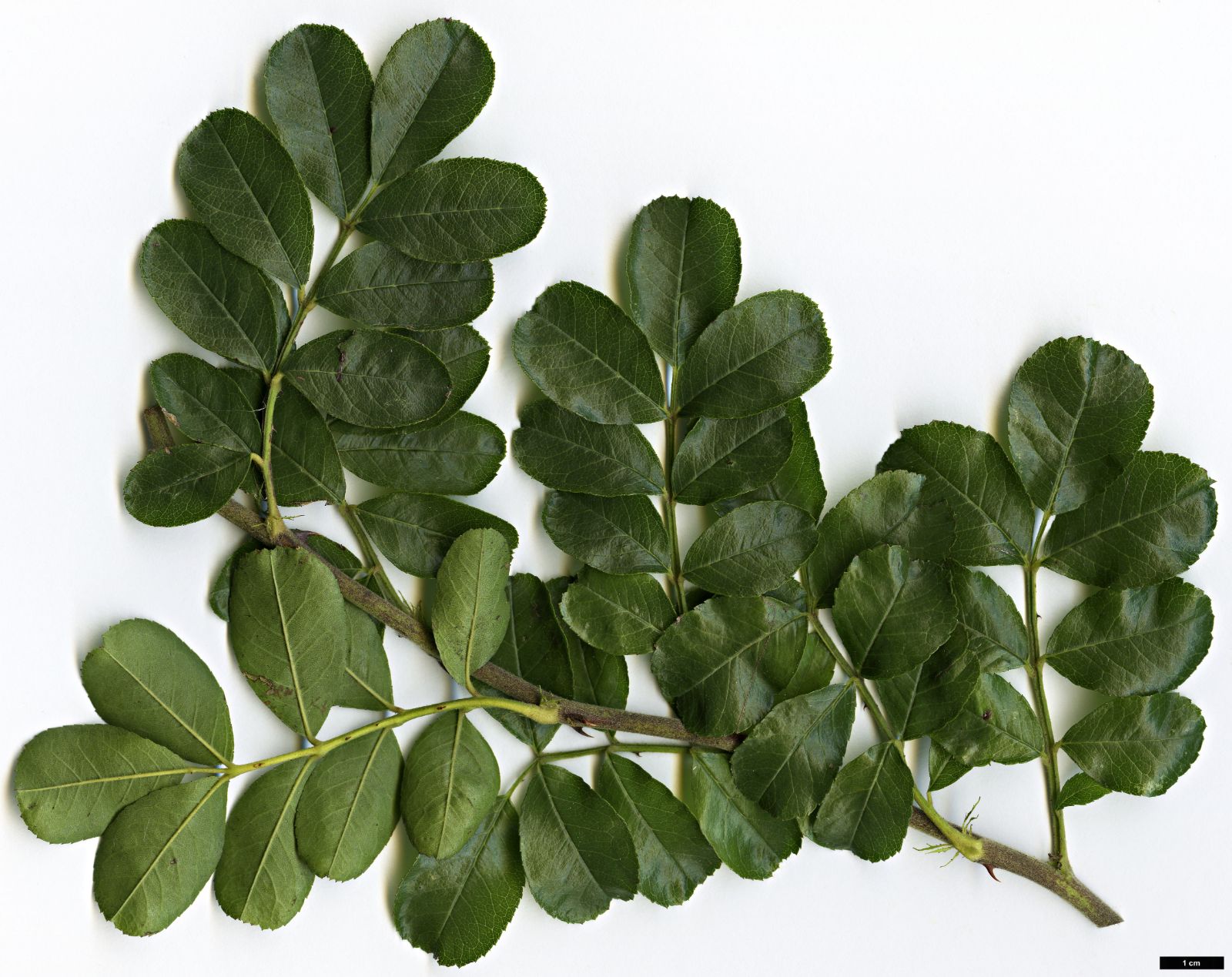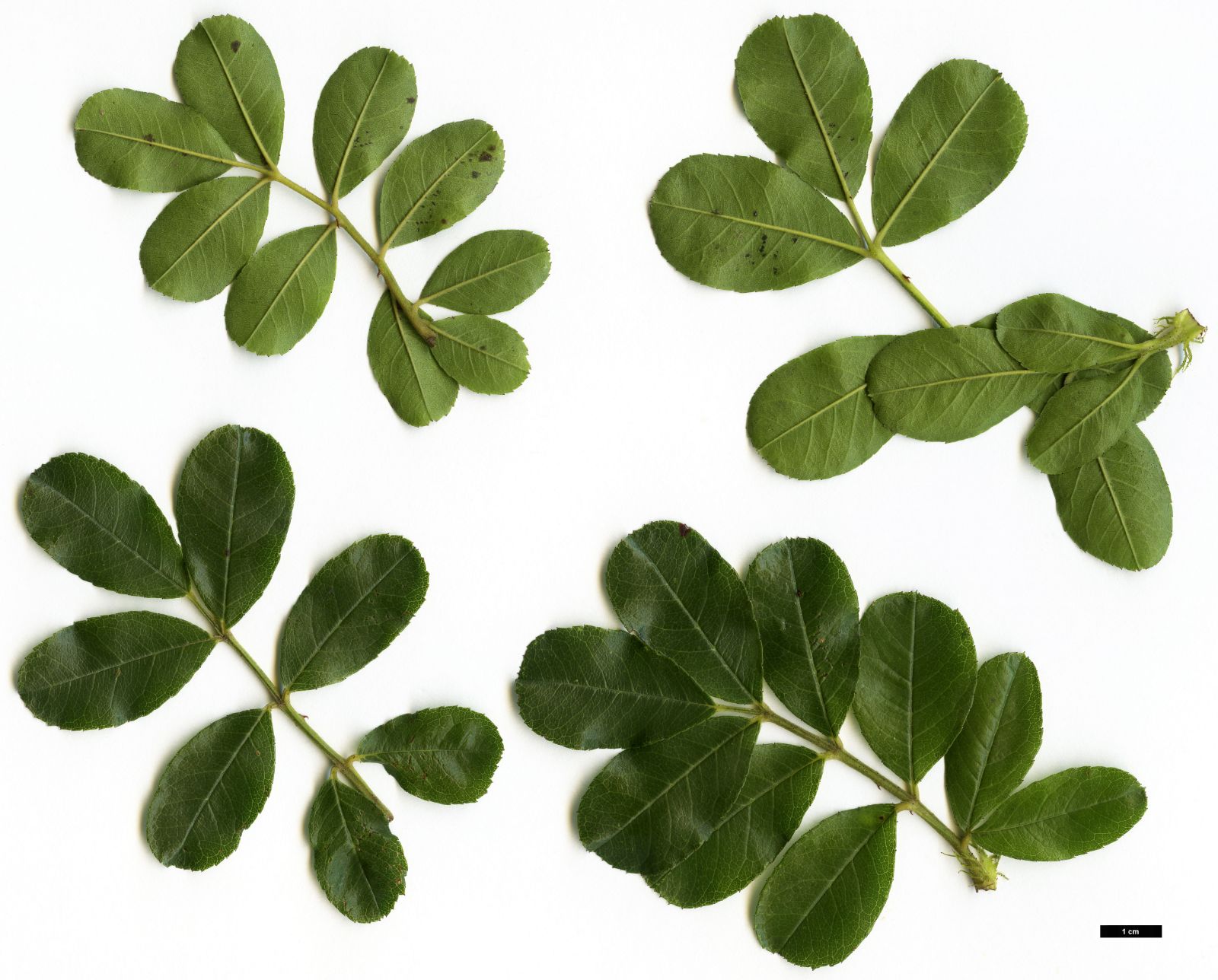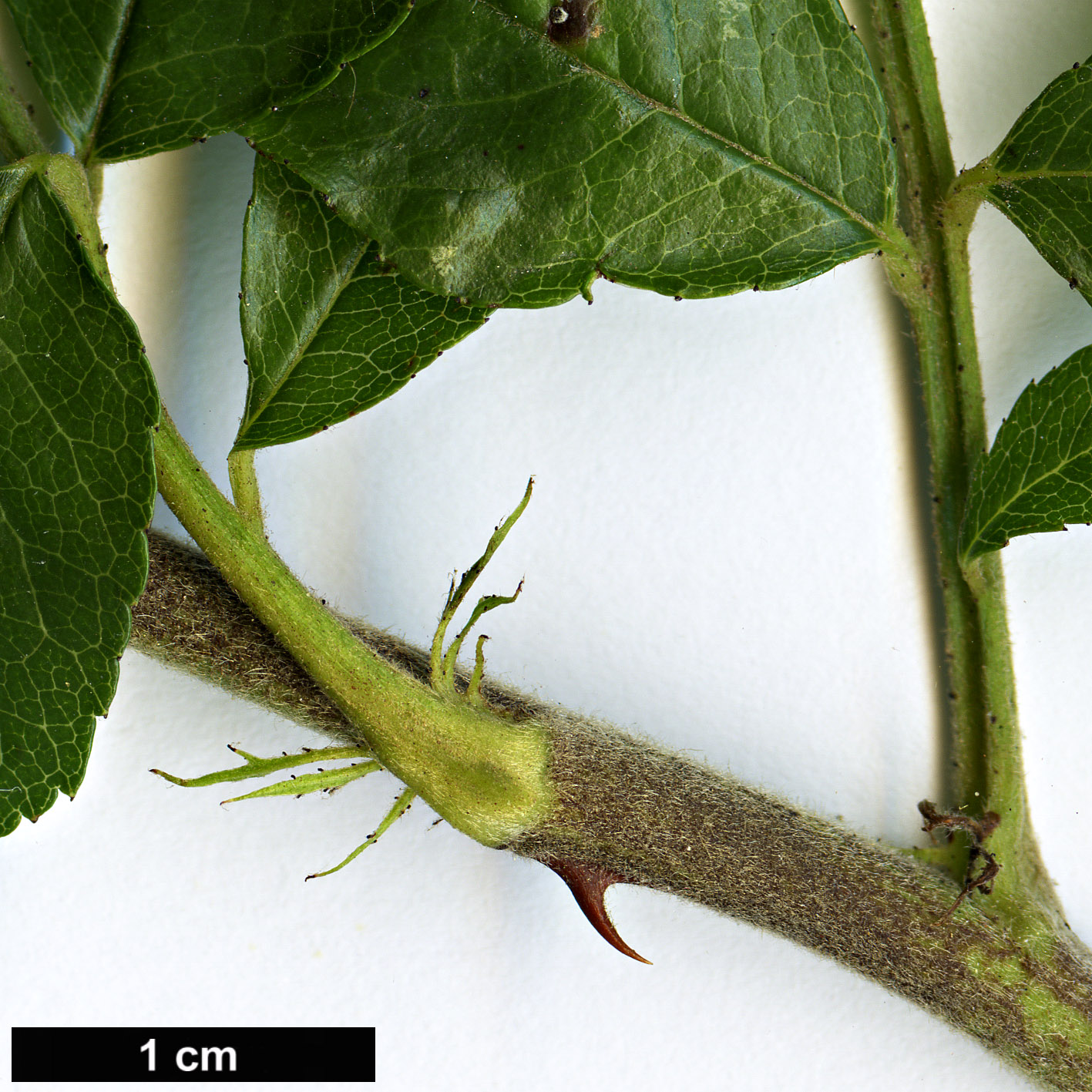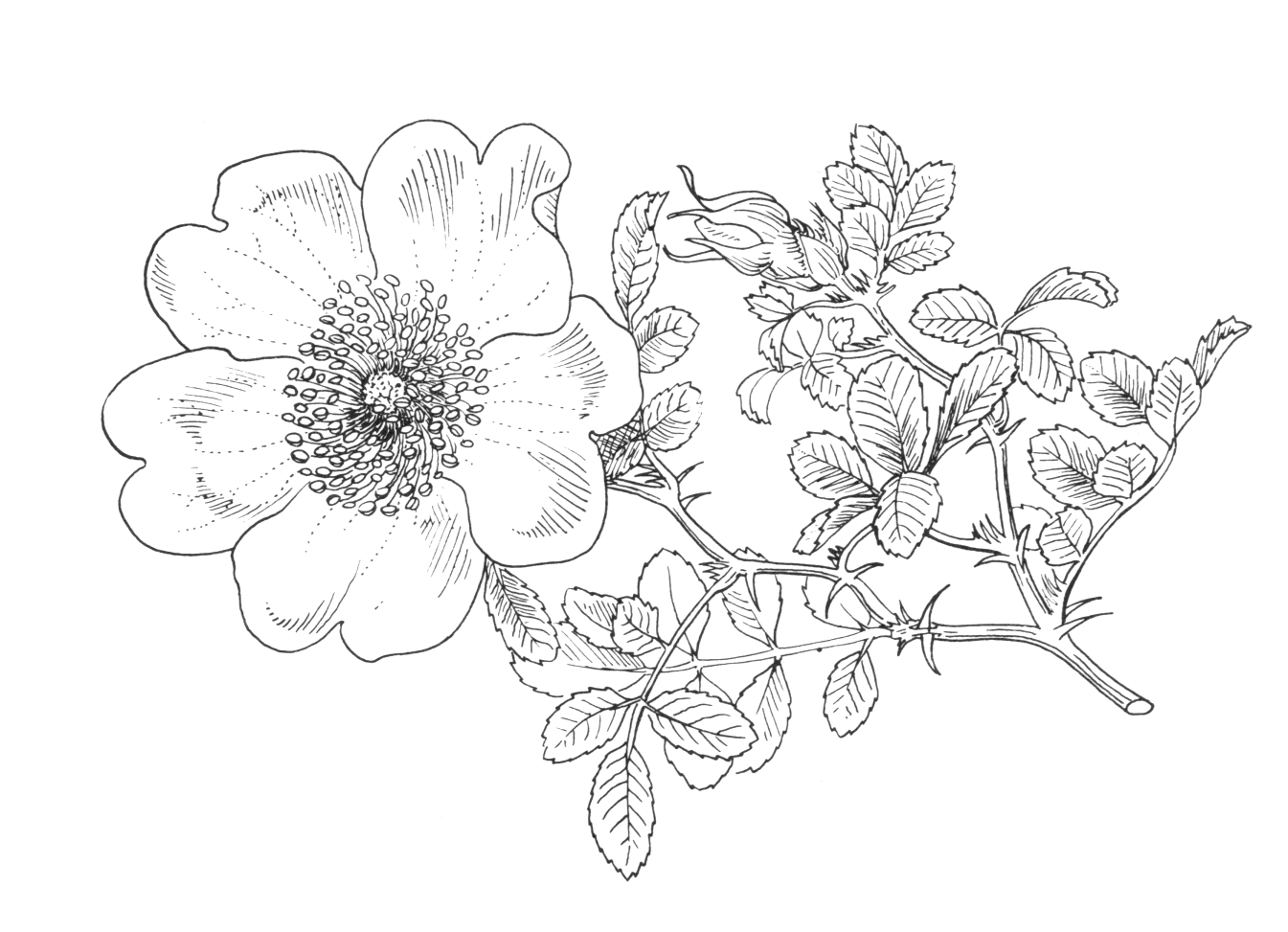Rosa bracteata
Credits
Article from Bean's Trees and Shrubs Hardy in the British Isles
Recommended citation
'Rosa bracteata' from the website Trees and Shrubs Online (treesandshrubsonline.
Genus
Common Names
- Macartney Rose
Synonyms
- R. lucida Lawrance, not Ehrh.
- R. macartnea Dum.-Cours.
- Ernestella bracteata (Wendl.) Germain de St Pierre
Infraspecifics
Other taxa in genus
- Rosa acicularis
- Rosa × alba
- Rosa albertii
- Rosa anemoniflora
- Rosa arkansana
- Rosa arvensis
- Rosa banksiae
- Rosa beggeriana
- Rosa biebersteinii
- Rosa blanda
- Rosa brunonii
- Rosa californica
- Rosa canina
- Rosa carolina
- Rosa centifolia
- Rosa cerasocarpa
- Rosa chinensis
- Rosa corymbulosa
- Rosa damascena
- Rosa davidii
- Rosa 'Dupontii'
- Rosa ecae
- Rosa eglanteria
- Rosa elegantula
- Rosa elymaitica
- Rosa fedtschenkoana
- Rosa filipes
- Rosa foetida
- Rosa foliolosa
- Rosa × fortuniana
- Rosa × francofurtana
- Rosa gallica
- Rosa gigantea
- Rosa glauca
- Rosa glutinosa
- Rosa gymnocarpa
- Rosa × harisonii
- Rosa helenae
- Rosa hemisphaerica
- Rosa × hibernica
- Rosa hugonis
- Rosa × involuta
- Rosa jundzillii
- Rosa laevigata
- Rosa longicuspis
- Rosa 'Macrantha'
- Rosa macrophylla
- Rosa majalis
- Rosa maximowicziana
- Rosa moyesii
- Rosa mulliganii
- Rosa multibracteata
- Rosa multiflora
- Rosa nitida
- Rosa nutkana
- Rosa palustris
- Rosa pendulina
- Rosa persica
- Rosa pimpinellifolia
- Rosa pisocarpa
- Rosa × polliniana
- Rosa prattii
- Rosa pulverulenta
- Rosa × reclinata
- Rosa × reversa
- Rosa × richardii
- Rosa roxburghii
- Rosa rubiginosa
- Rosa rubus
- Rosa rugosa
- Rosa sempervirens
- Rosa sericea
- Rosa setigera
- Rosa setipoda
- Rosa sicula
- Rosa soulieana
- Rosa stellata
- Rosa tomentosa
- Rosa villosa
- Rosa virginiana
- Rosa 'Watsoniana'
- Rosa webbiana
- Rosa wichuraiana
- Rosa willmottiae
- Rosa xanthina
An evergreen shrub of rambling habit, reaching on walls in favoured places a height of 20 ft. Branches very thick and sturdy, covered with brownish down, and armed with pairs of stout, hooked prickles and numerous scattered bristly ones. Leaflets five to eleven, obovate, often widely truncated at the end and finely toothed, 3⁄4 in. to 2 in. long, (in vigorous plants) 1⁄2 to 1 in. wide, of a very deep green and highly polished above, either glabrous or downy on the midrib beneath; rachis glandular-downy. Stipules laciniated. Flowers 3 to 4 in. across, white, borne singly on a very short stalk which is surrounded by several large, laciniated, downy bracts. Receptacle and sepals (the latter 3⁄4 in. long) covered with a pale brown wool. Fruits globose, orange-red, woolly, about 11⁄2 in. wide. Bot. Mag., t. 1377.
Native of southeast China and Formosa; introduced in 1793 by Lord Macartney. This distinct and remarkable rose is, unfortunately, not very hardy except in the southwest counties and similar places, where its rich evergreen foliage and large flowers make it one of the most striking of all the wild types. Near London, even grown on a wall, it is occasionally damaged badly by frost. Its flowers appear from June until late autumn, and have a delicate fruity perfume.
The rose ‘Marie Leonida’, with creamy white, double flowers, is a cross between R. bracteata and R. laevigata. Its flowers do not open well in the average British summer.
For ‘Mermaid’, a hybrid between R. bracteata and a Tea rose, see p. 191.
Footnotes
‘Nothing can be more ornamental than the double white rose of Northern India and the Deyra Doon, R. Lyellii, kooza of the natives …’ (Royle, Ill. Bot. Himal. (1835), p. 203).
From the Supplement (Vol. V)
The date of introduction of 1793 in all editions of this work is a misprint for 1795, the date given by Aiton. Lord Macartney’s Embassy to China arrived home in September 1794 and the seeds were doubtless received at Kew a few months later.
R clinophylla Thory
Synonyms
R. involucrata Roxb. ex Lindl

